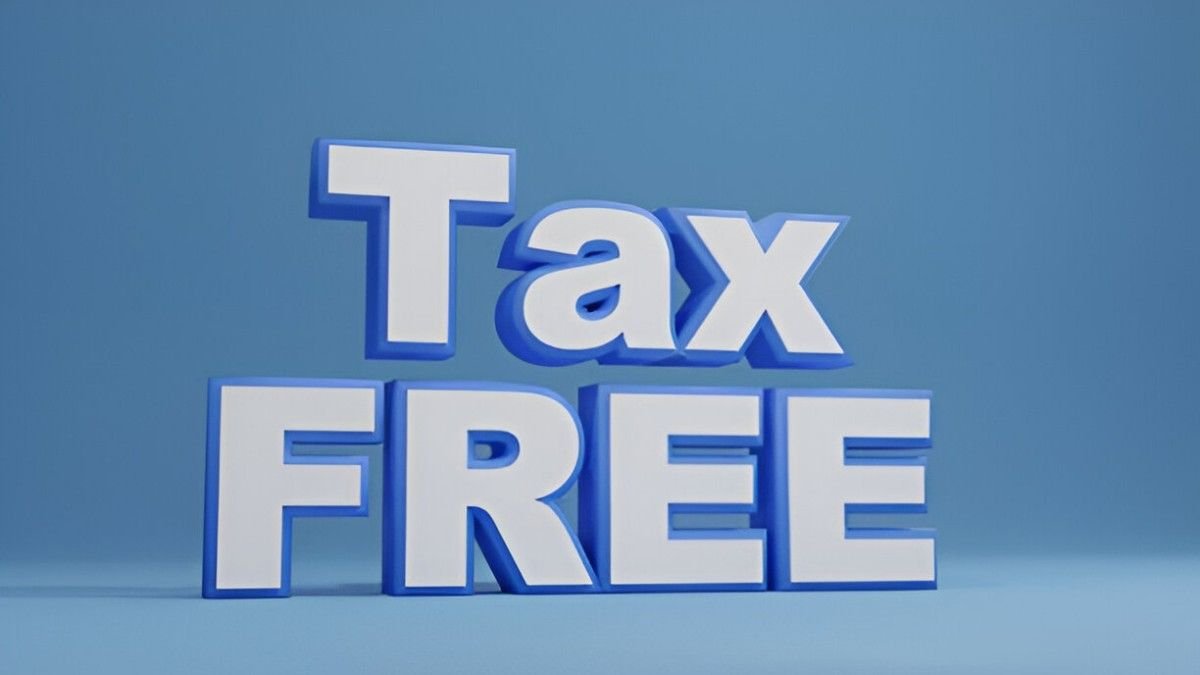When I consider investing $10,000, I focus on how to maximize returns while minimizing tax burdens. Taxes can quietly reduce my earnings over time, so choosing tax-efficient investments matters. One option I often evaluate is tax-free mutual funds. These funds primarily invest in municipal bonds, offering income generally exempt from federal—and sometimes state and local—taxes. For investors like me living in the U.S., understanding tax-free mutual funds is essential to making sound financial decisions.
Table of Contents
What Are Tax-Free Mutual Funds?
Tax-free mutual funds mostly invest in municipal bonds issued by state and local governments. These bonds finance public projects like schools, highways, and hospitals. The interest income from these bonds typically does not get taxed at the federal level. If the bonds come from the state you live in, that income might also be exempt from state and local taxes. This tax advantage can boost your after-tax returns.
The mutual fund structure pools money from many investors to buy a diversified portfolio of municipal bonds. This diversification reduces risk compared to owning individual bonds and allows smaller investors to access municipal bond markets with as little as $1,000 or $10,000.
Types of Tax-Free Mutual Funds
Municipal bond mutual funds vary based on the bonds they hold. Below is a table summarizing common types:
| Fund Type | Description | Tax Benefit | Risk Level | Typical Yield (Before Tax) |
|---|---|---|---|---|
| National Municipal Funds | Bonds from multiple states | Federal tax exemption | Moderate | 2.0% – 3.5% |
| Single-State Municipal Funds | Bonds from one specific state | Federal + State tax exemption* | Moderate | 2.0% – 4.0% |
| High-Yield Municipal Funds | Lower-rated bonds (more risk) | Federal tax exemption | Higher | 3.5% – 5.0% |
| Taxable Bond Funds | Corporate or government bonds | No tax exemption | Varies | 3.0% – 5.0% |
*If you live in the issuing state, interest may be exempt from state taxes.
I often choose between national and single-state funds depending on my state tax situation. High-yield funds can pay more but carry credit risk.
Why Consider Tax-Free Mutual Funds for $10,000?
Suppose I invest $10,000 in a taxable bond fund yielding 4.5%, and my combined federal and state tax rate is 29%. The after-tax yield would be:
AfterTaxYield = 0.045 \times (1 - 0.29) = 0.045 \times 0.71 = 0.03195 = 3.195%If a tax-free municipal fund yields 3%, I calculate its tax-equivalent yield (TEY) to compare fairly. The formula is:
TEY = \frac{TaxFreeYield}{1 - TaxRate}Plugging in values:
TEY = \frac{0.03}{1 - 0.29} = \frac{0.03}{0.71} = 0.0423 = 4.23%This shows a 3% tax-free yield is equivalent to a 4.23% taxable yield. So, if my taxable fund yields less than 4.23%, the tax-free fund is better for me.
Projecting Investment Growth
If I invest $10,000 in a tax-free fund with a 3% yield and reinvest dividends, the future value (FV) after t years is:
FV = P \times (1 + r)^tWhere:
P = 10,000 r = 0.03t = number of years
After 15 years:
FV = 10,000 \times (1 + 0.03)^{15} = 10,000 \times 1.558 = 15,580In contrast, a taxable bond yielding 4.5% taxed at 29% gives an after-tax rate of 3.195%, so:
FV = 10,000 \times (1 + 0.03195)^{15} = 10,000 \times 1.601 = 16,010The taxable bond slightly outperforms nominally, but tax-free income reduces tax complexity and risk of rate changes.
Expense Ratios and Fees
I always factor in expenses. Suppose a tax-free fund charges 0.8% annually. The net yield becomes:
NetYield = GrossYield - ExpenseRatio = 0.03 - 0.008 = 0.022 = 2.2%Fees reduce returns, so a low-cost fund matters.
Risks of Tax-Free Mutual Funds
I consider several risks:
- Credit risk: Municipalities might default, especially in high-yield funds.
- Interest rate risk: Rising rates reduce bond prices.
- Liquidity risk: Thin markets can affect fund sales.
- Tax risk: Laws can change affecting tax exemption.
Understanding these risks helps me balance yield versus safety.
Comparing Tax-Free and Taxable Bond Funds
| Feature | Tax-Free Municipal Funds | Taxable Bond Funds |
|---|---|---|
| Tax treatment | Mostly federal tax exempt | Fully taxable |
| Yield | Lower nominal yield | Higher nominal yield |
| Risk | Moderate; varies by bond quality | Varies |
| Suitable for | Higher tax bracket investors | Lower tax bracket investors |
| Expense sensitivity | Higher impact on net returns | Also important |
Should You Hold Tax-Free Funds in Tax-Advantaged Accounts?
I avoid tax-free funds in IRAs or 401(k)s because tax benefits are redundant there. I prefer holding taxable bond funds or equities in those accounts.
Buying Tax-Free Mutual Funds with $10,000
With $10,000, I can diversify across multiple funds. Many have minimums around $1,000, so splitting funds helps manage risk.
Capital Gains Taxes on Sales
While interest is tax-free, gains from selling shares incur capital gains taxes. I plan holdings to minimize this.
Using Dollar-Cost Averaging
I often invest $10,000 in installments over months to reduce timing risk.
Conclusion
Investing $10,000 in tax-free mutual funds can improve after-tax income, especially for those in higher tax brackets. Calculating tax-equivalent yields and considering fees, risks, and personal tax situations help me make informed choices. I balance nominal yield against tax efficiency to build a portfolio that fits my goals.





